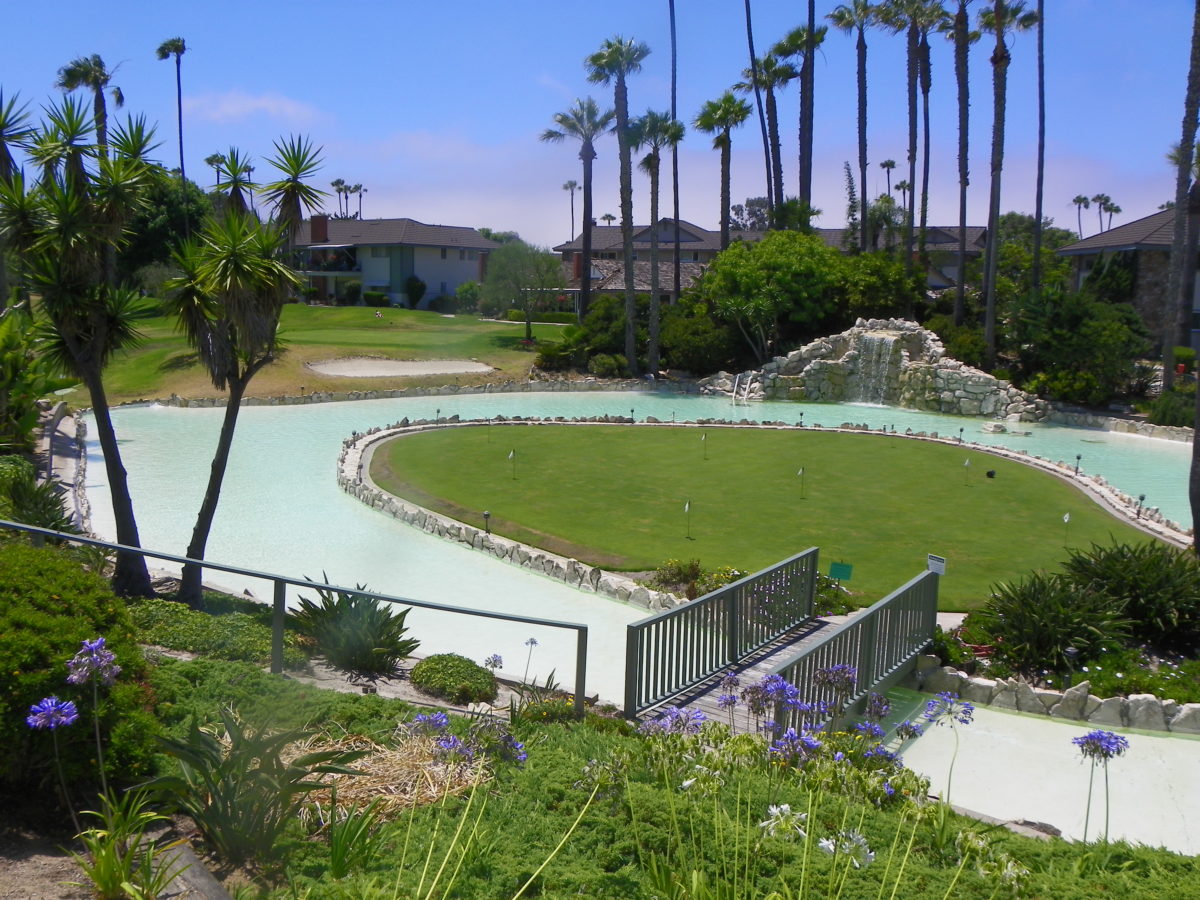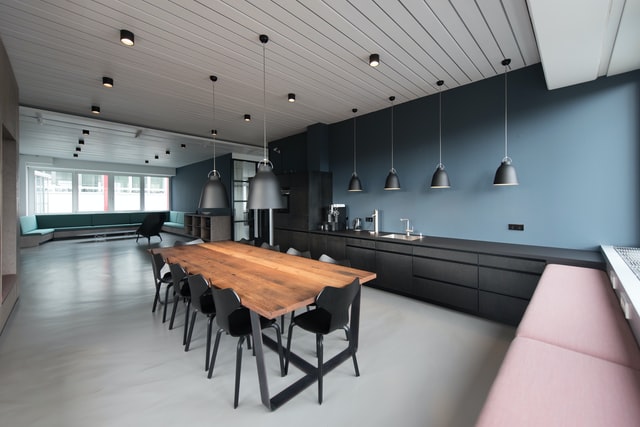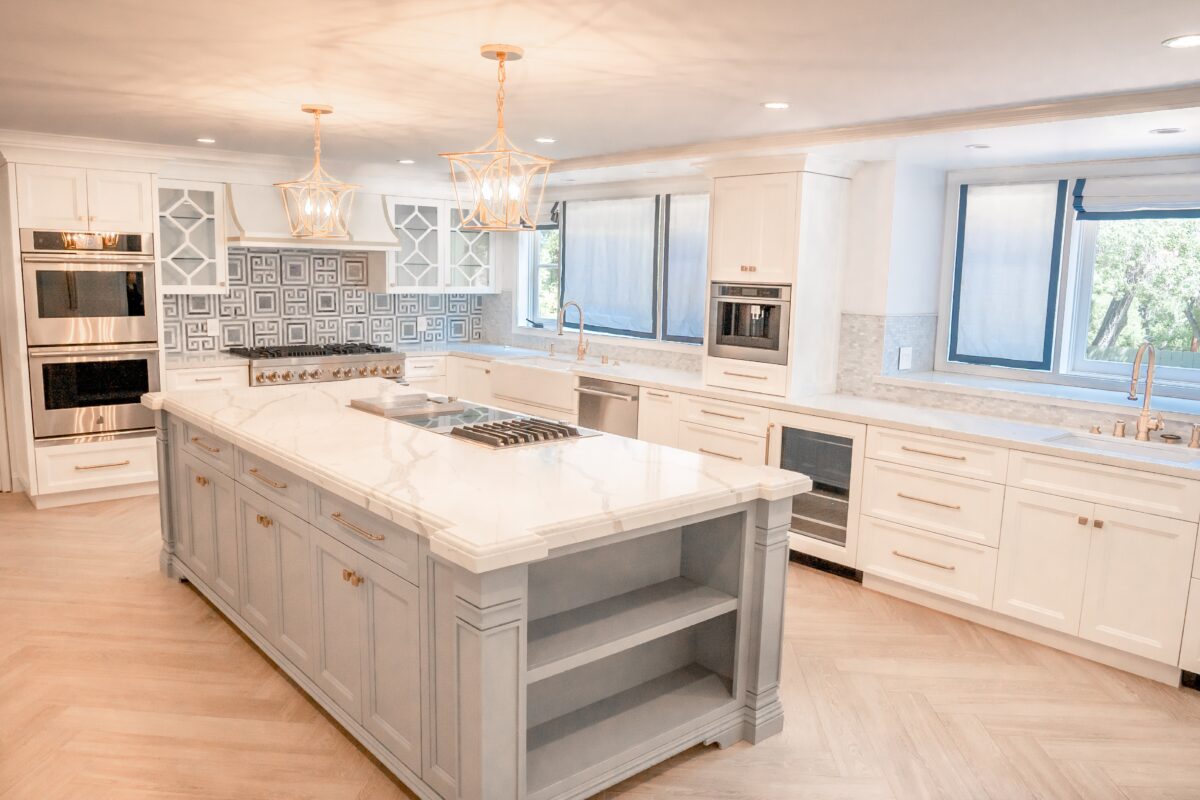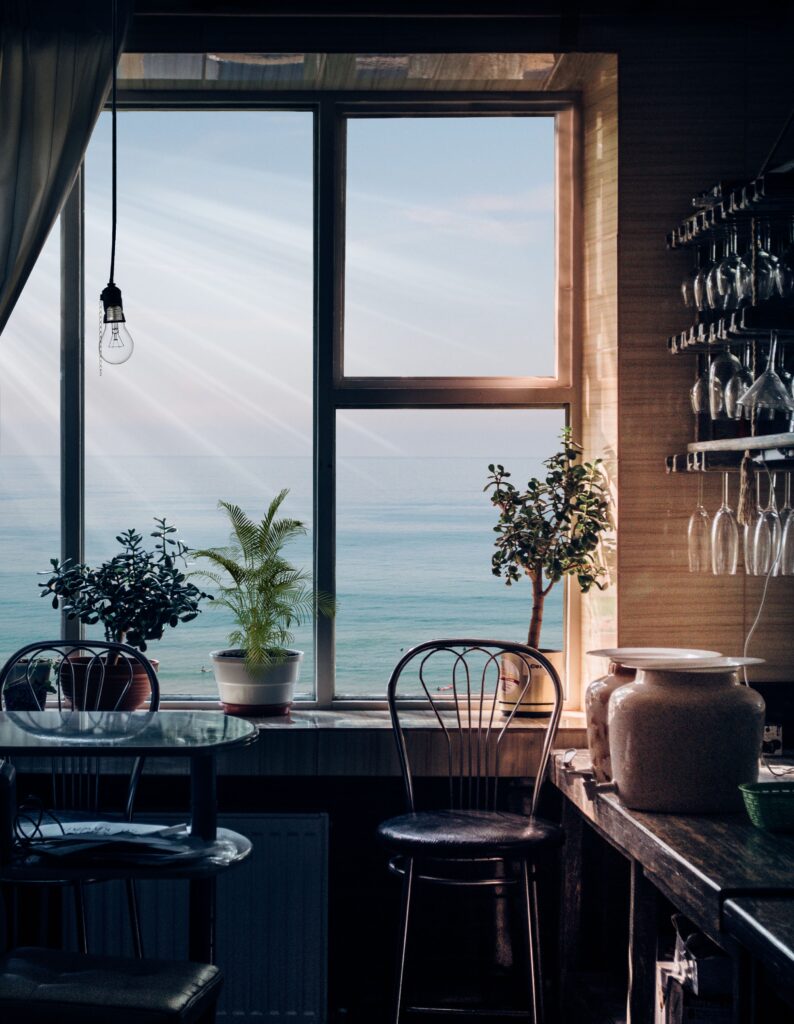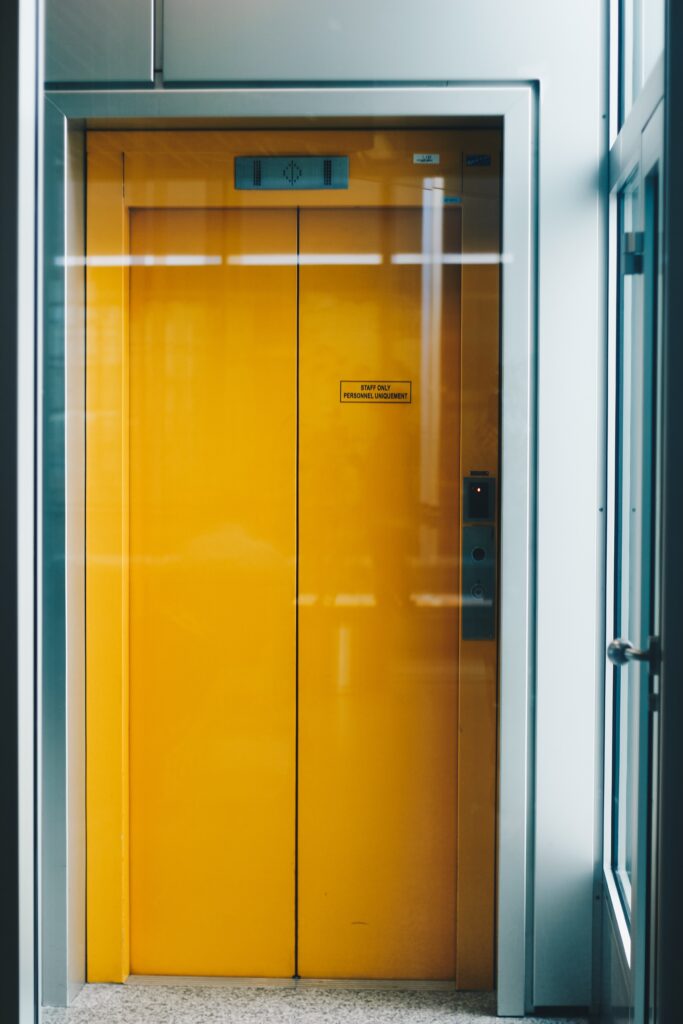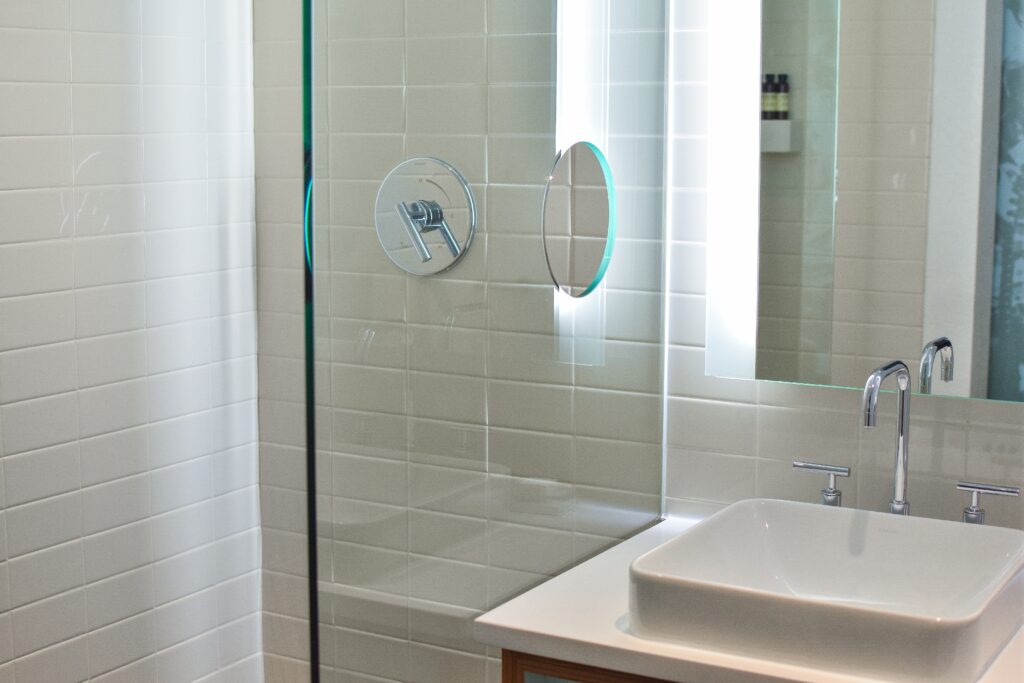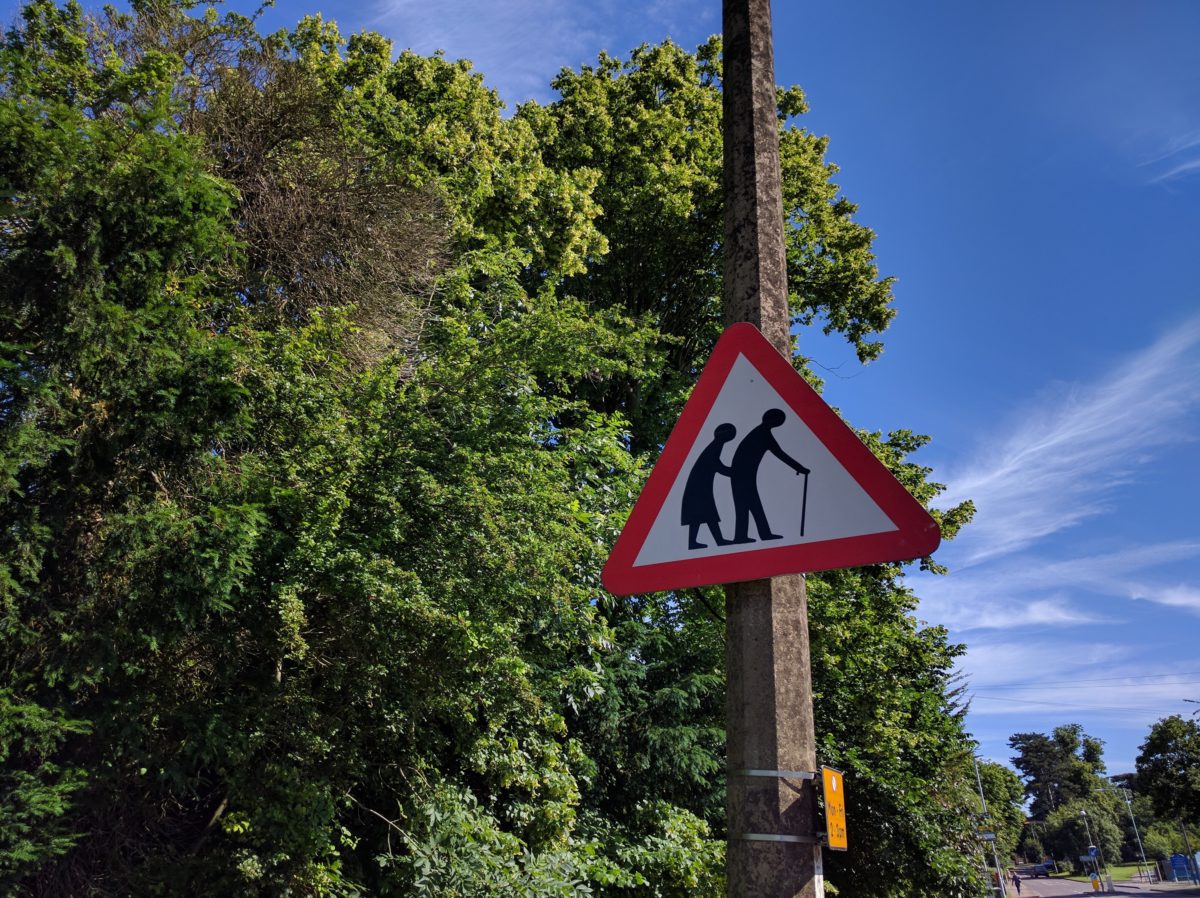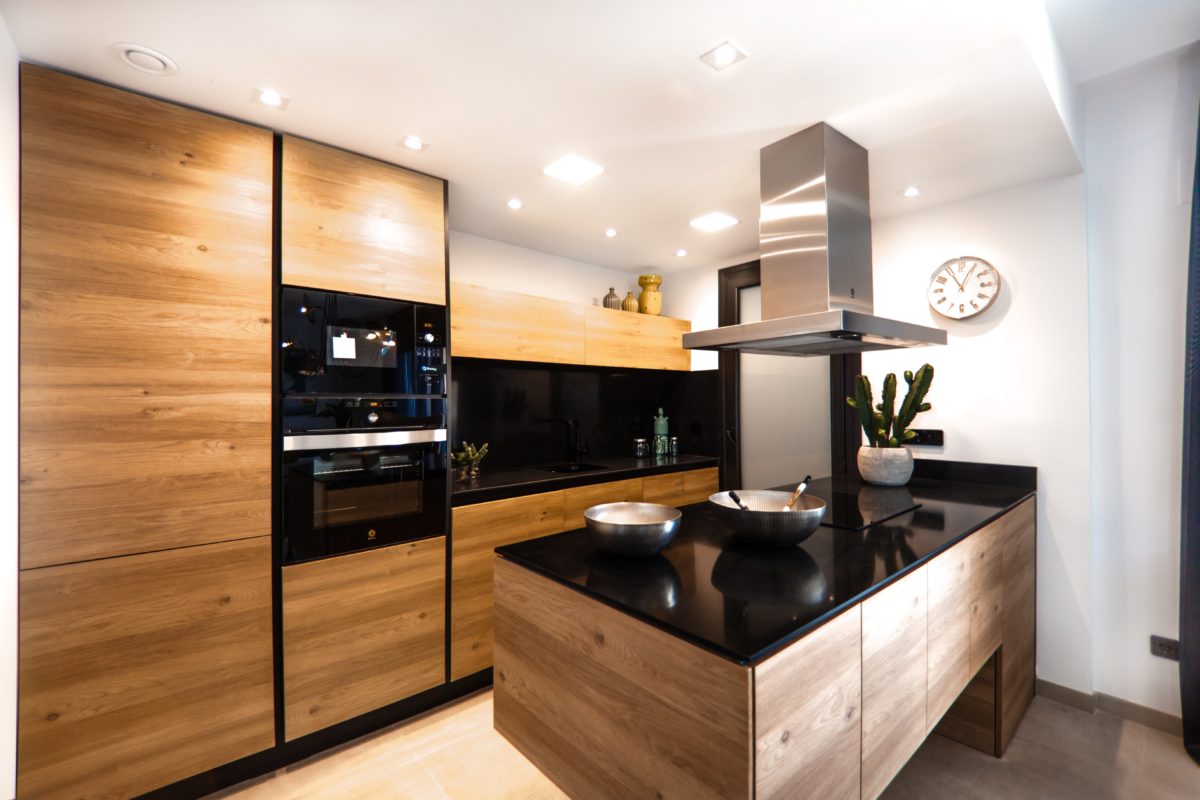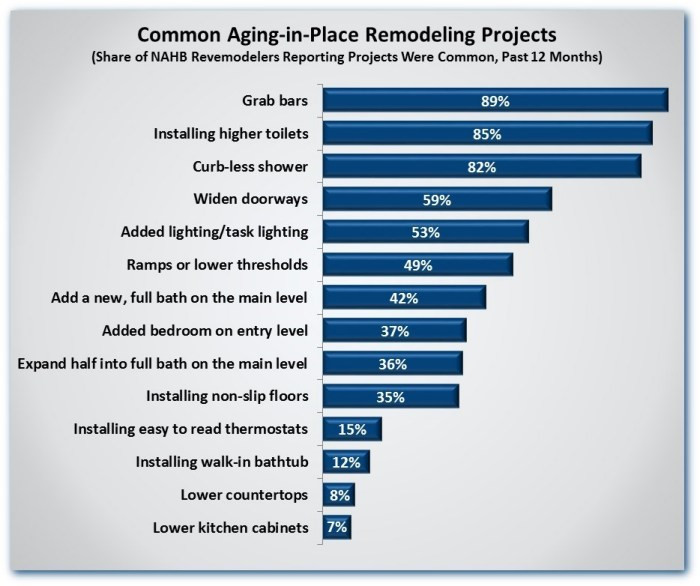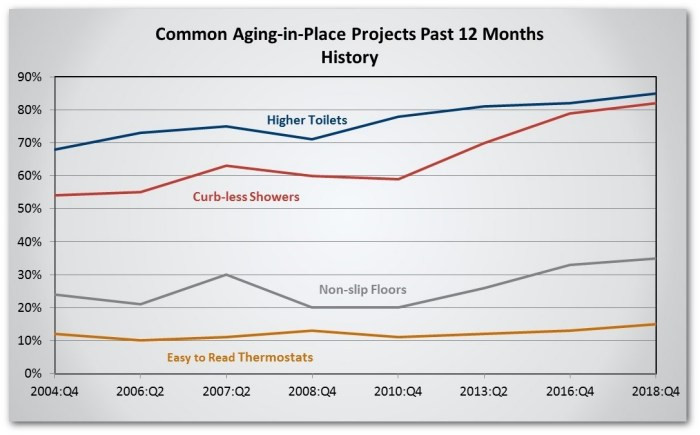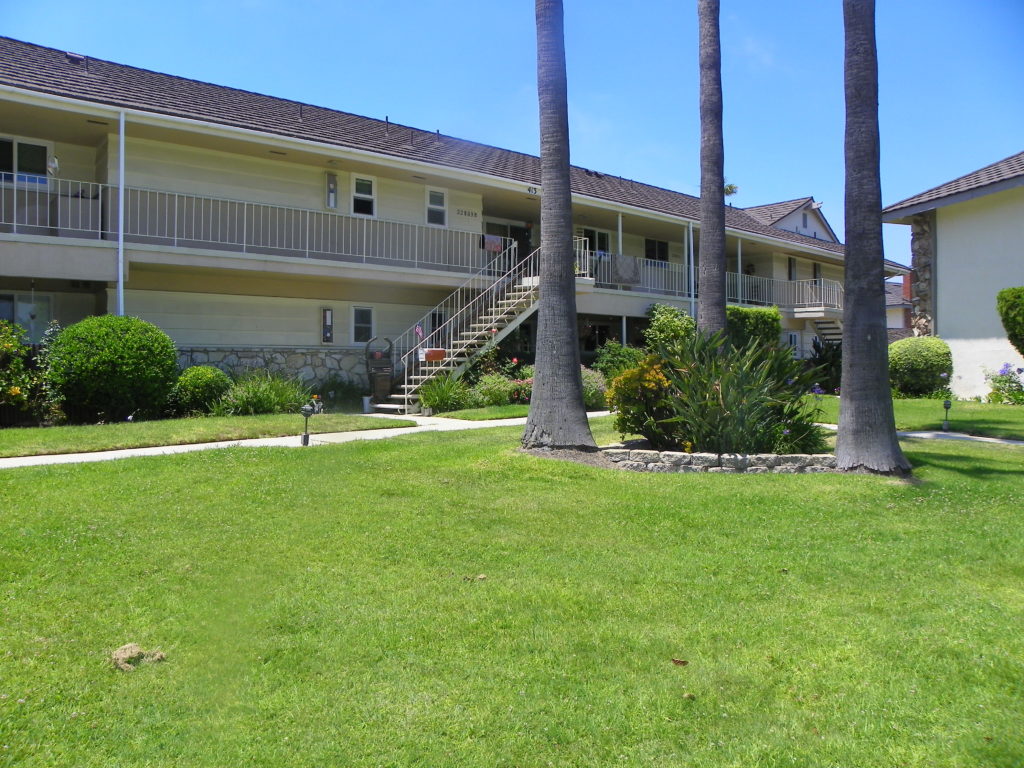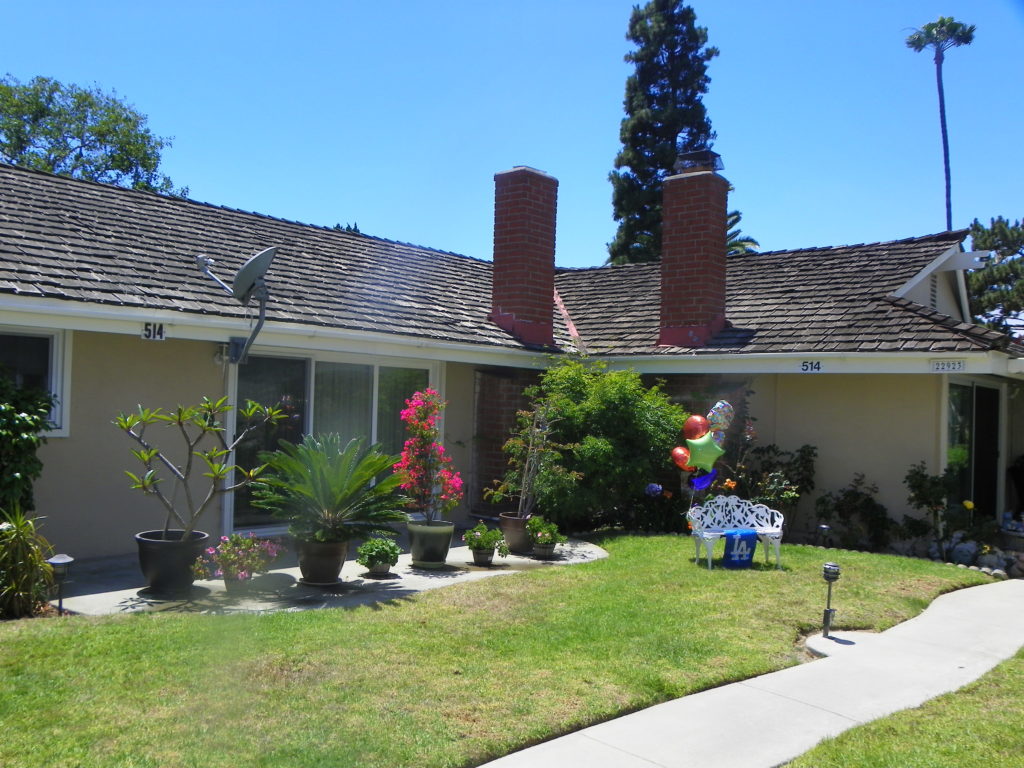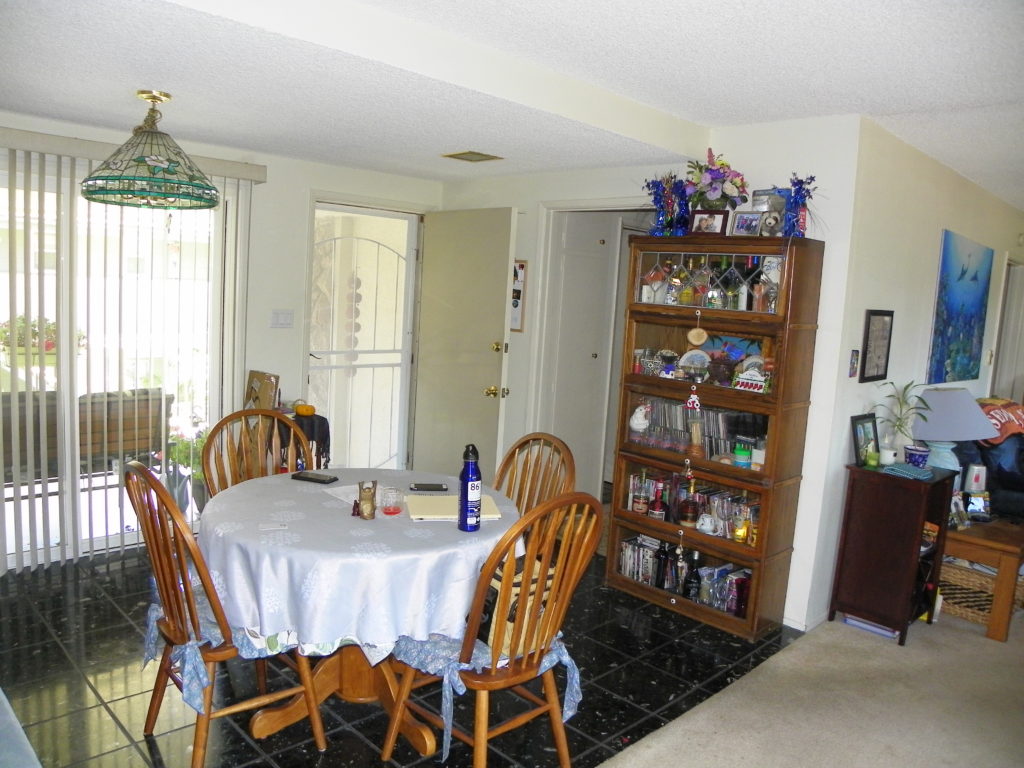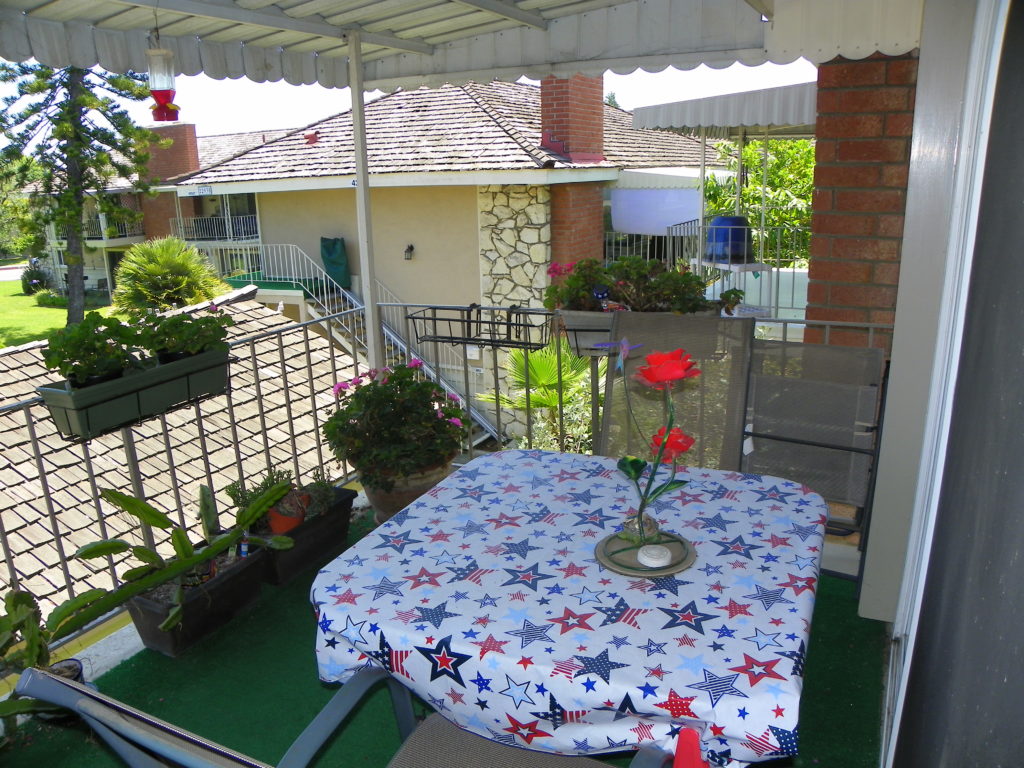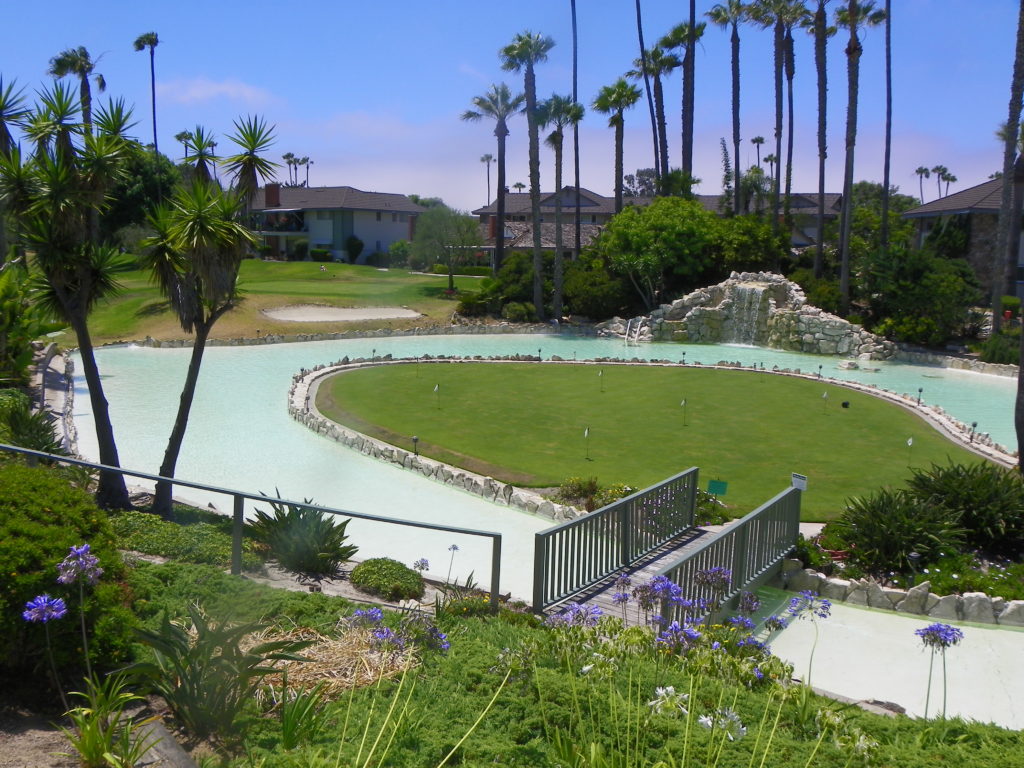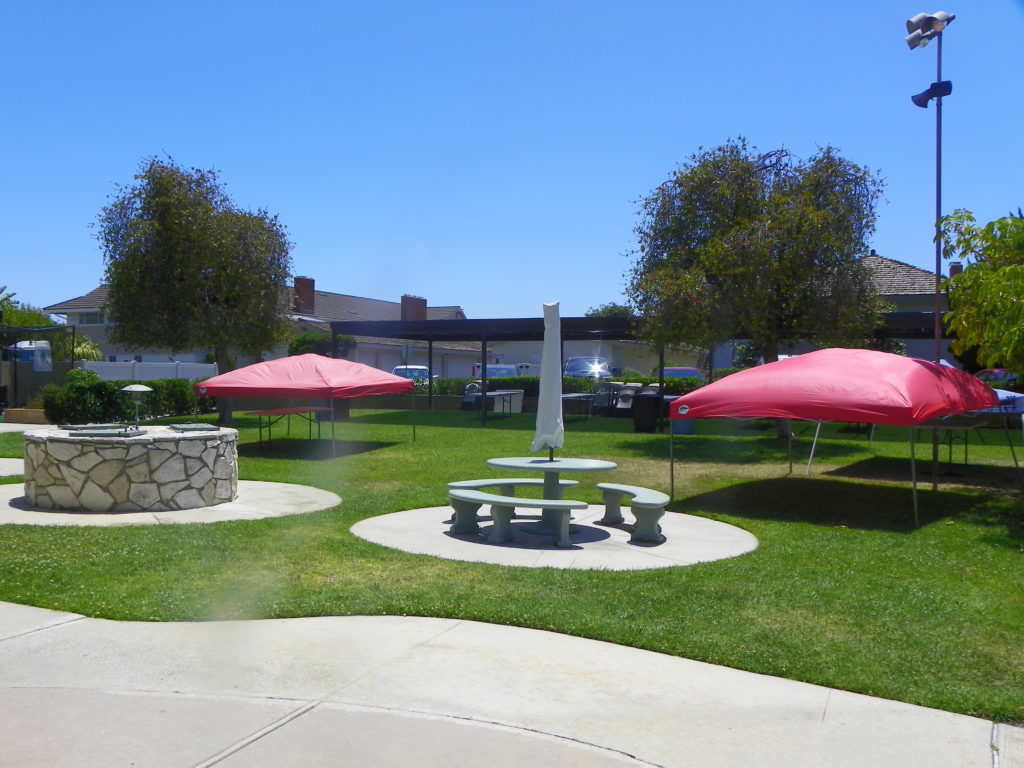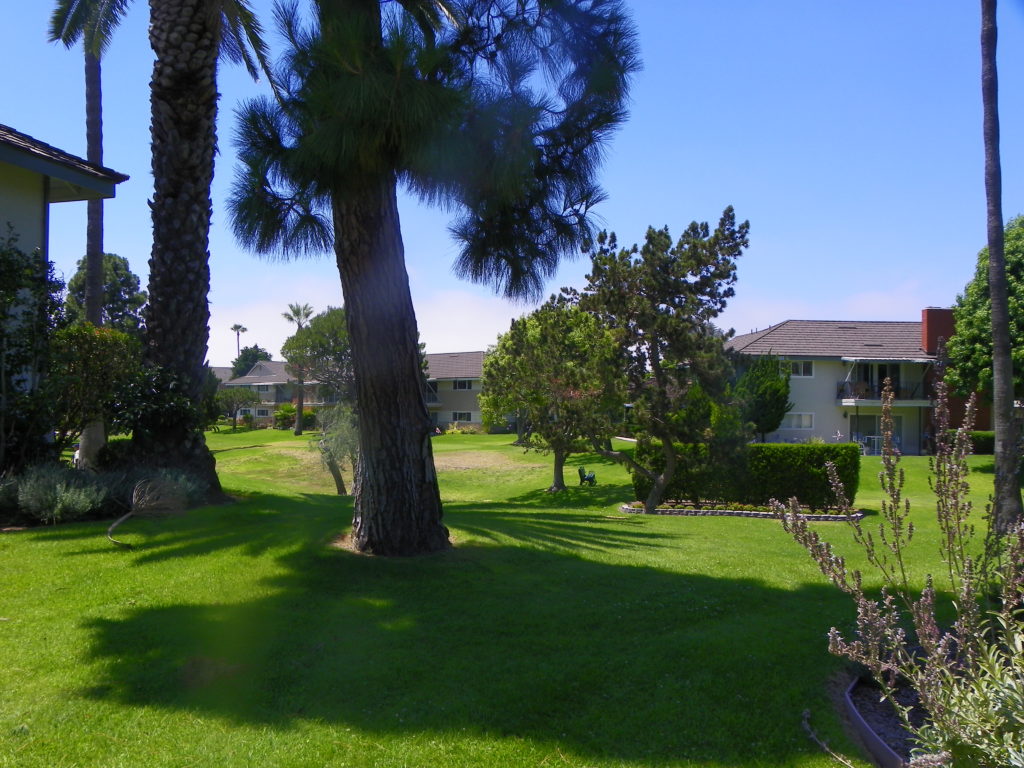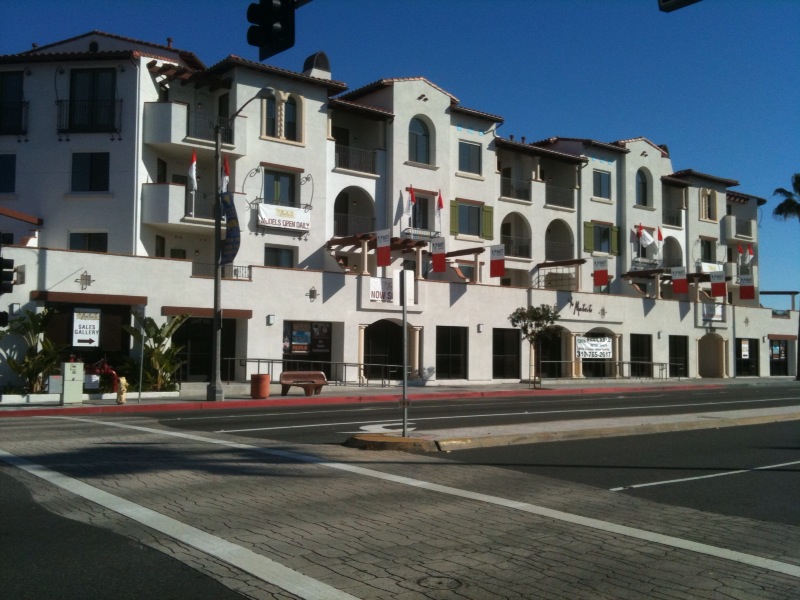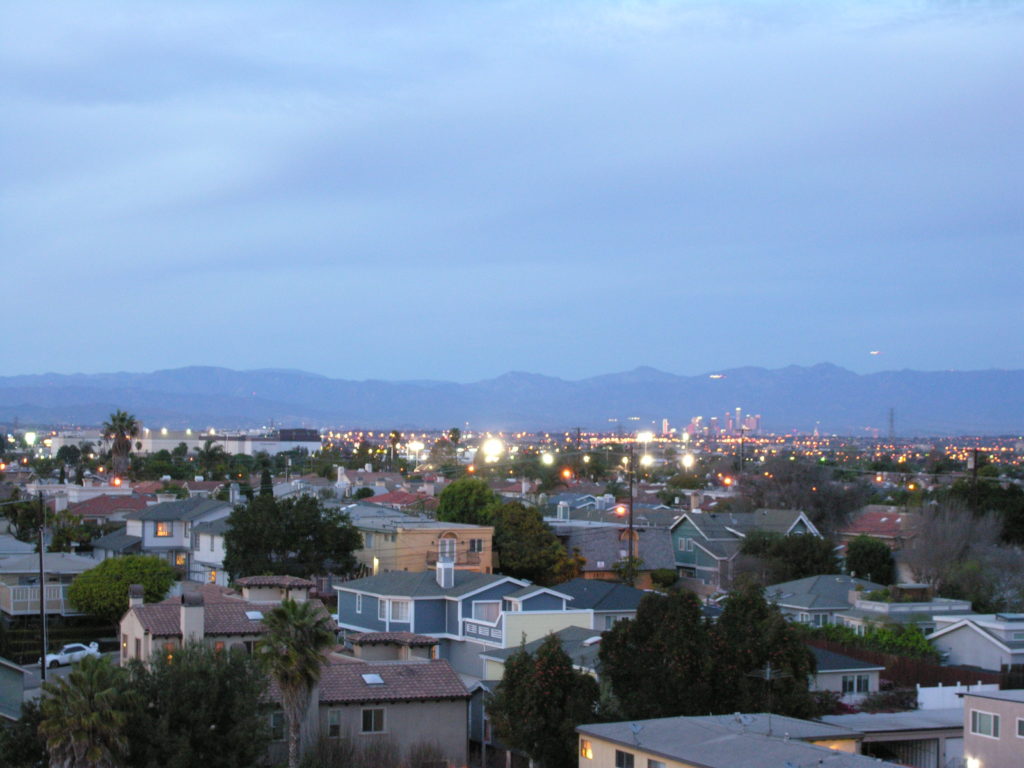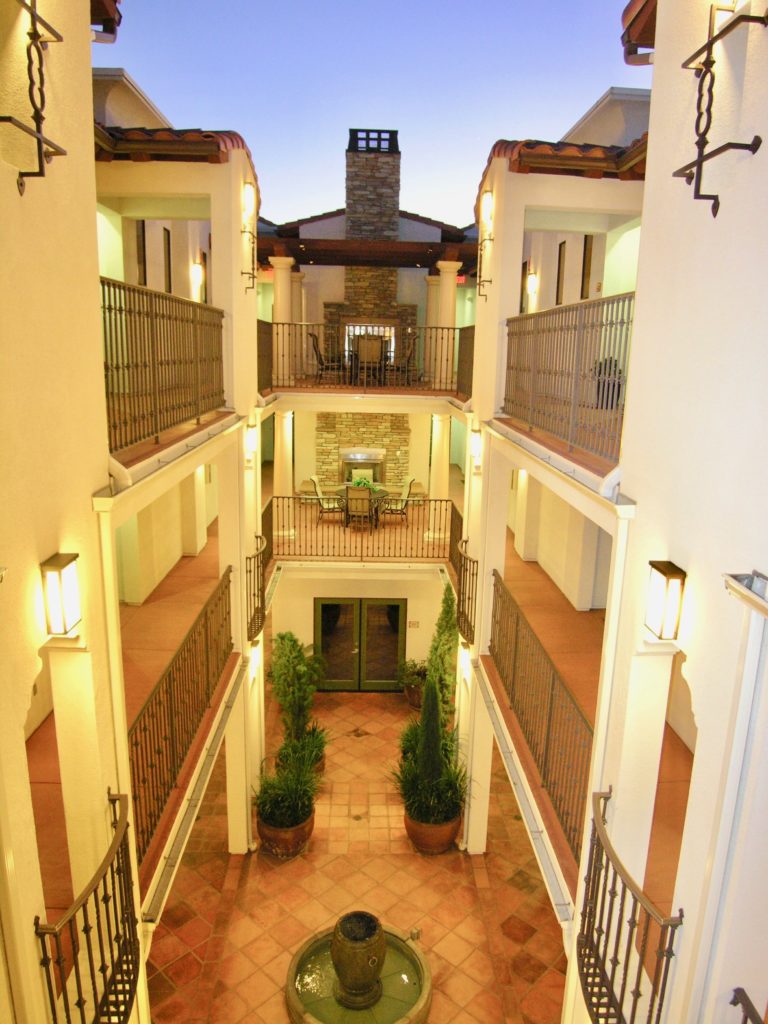The city of Torrance offers the bulk of opportunities for senior housing in the South Bay. We’ve identified 10 distinct locations with homes exclusively for those 55 years of age and older. They cover a wide variety of living styles, building ages, community sizes, purchase prices and monthly costs.
The available homes change constantly, much faster than this summary of 55+ facilities is updated. If you have an interest, contact us. We’re more than happy to go over the differences between different facilities, and the differences between living in a 55+ project and an SFR. More importantly, we can provide you with up to the minute information about what specific properties are available, and how the cost parameters fit with your personal needs.
NEW HORIZONS
Nadine Circle – Maple Ave, Torrance, CA 90505
Built in 1963-64, New Horizons has ~600 units, some in two story apartment style buildings, with a handful of bungalow style in four unit groups. The recreational facilities include a club house with lounge, billiard room, ballroom with a large kitchen, 9 hole golf course, and pool. Additional amenities include the sports facility, with a modern gym, his & her saunas, Jacuzzi, a second pool, lighted tennis court, both ceramic & wood shops plus a ping pong room.
THE MERIDIAN
2742 Cabrillo, Torrance, CA 90501
Built in 2006 around a central courtyard, the Meridian features forty-four luxury condominiums. Ten are two bedroom / two bath units, with the remainder being one bed / one bath. The complex offers a gated subterranean garage with one parking space per bedroom. Other amenities include bubbling fountains, a community room with fireplace, kitchen, big screen TV and lots of room to relax. To keep your senior body in good shape there’s a modern, upscale fitness center. All levels of the building are accessible by elevator.
PARKVIEW COURT
2367 Jefferson, Torrance, CA 90501
Parkview Court is another of the newer senior condo communities. Located in Torrance adjacent to Wilson Park, it was built in 2007-2008. Fifty-nine tastefully appointed residences, with 29 being two bedroom / two bath and the balance being one bedroom / one bath. This gated community features a large courtyard with a recreation center and fitness center.
THE GABLES
3550 Torrance Blvd, Torrance, CA 90503
The Gables was built in 2006-2007 and offers 38 newer one bedroom units, and 22 studios. In-unit amenities include washer/dryer hookups, A/C and comtemporary styling. The complex also has a community room, with a large screen TV, free internet access, library facilities and more.
VILLAGE COURT
21345 Hawthorne Blvd, Torrance, CA 90503
Built in 2006, Village Court is five stories high, with parking on the first floor and residences on the top four floors. There are a total of 112 units: 12 – 3 bed / 2 bath, 68 – 2 bed / 2 bath, and 32 – 1 bed / 1 bath. Residents enjoy an inviting outside pool, spa and BBQ area. Amenities include an exercise room, large recreation room with kitchen, TV, pool table and reading area. Shopping, restaurants and movie theatres abound, or drive only 1.5 miles to the ocean.
So far this year one 2 bed / 2 bath unit has sold for $540K. Two more units are currently in escrow. One is a 2 bed / 2 bath unit, and the other a 1 bed / 1 bath with a den. Purchase prices will be available after close of escrow.
At publication time, 2 bed / 2 bath units were renting for approximately $2600 per month.
TRADE WINDS
2605 Sepulveda Blvd, Torrance, CA 90505
Built in 2003, the Trade Winds community in Torrance is four stories high, with parking on the first floor and residences on the top three floors. With a total of 91 units, Trade Winds has 75 – 2 bed / 2 bath units and 16 – 1 bed / 2 bath units. The facility offers great amenities: pool, spa, fitness center, clubhouse with full kitchen, TV, library, and billiards table. Resort living close to dining, shopping, parks, freeways and of course the beach!
To date in 2018, 2 – 2 bed / 2 bath units have sold at $525K and $550K. One 2 bed / 2 bath unit is currently in escrow. The sold price will be available after close of escrow. There are also 2 – 2 bed / 2 bath units currently available. Please call for asking prices.
At publication time, 2 bed / 2 bath units were renting for approximately $2300 per month.
COURTYARD VILLA ESTATES
3970 Sepulveda, Torrance, CA 90505
Built in 2007, The Courtyard Villa Estates is located just west of Hawthorne Blvd in southwest Torrance. The complex features upscale comfort, secured entry, and is close to restaurants and shopping. Four stories high, with subterranean parking, the complex includes 42 units; a central courtyard, lush landscaping, recreation facilities with a pool table, game table and kitchen as well as a gym/exercise room.
Each unit is located on one level with no stairs. There’s a private laundry room inside each unit. Most units have a two bedrooms, while a few are set up with a den as an alternative configuration. All have two bathrooms, outfitted with natural travertine counters and flooring. Kitchens are extra large with center islands, granite counters and travertine flooring.
Since the first of the year, one penthouse unit has sold at $720K. No units are currently available.
SUNSET GARDENS
24410 Crenshaw Blvd, Torrance, CA 90505
Built in 1987, Sunset Gardens is located across from the Crossroads Shopping Center in South Torrance. The complex includes 88 units; 2 – 3 bed / 2 bath, 29 – 2 bed / 2 bath; and 57 – 1 bed / 1 bath. Amenities feature indoor heated pool, outdoor spa, large recreation room, putting green, shuffle board, elevator, exercise room, game room, community rooms, a roof top deck and BBQ grill area.
All units are single level, enjoy central A/C and heating, a laundry area inside unit, and subterranean secured parking. (Two and three bedroom units have two spaces, while one bedroom units have one space.)
At publication time there were three units available, including 1 – 1 bed / 1 bath unit at $270K, and 2 – 2 bed / 2 bath units at $380K & $390K. One 1 bed / 1 bath unit is currently in escrow. The sold price will be available after close of escrow. Since January 1, two units have sold: 1 – 1 bed / 1 bath unit at $300K, and 1 – 2 bed / 2 bath units at $400K.
PACIFIC VILLAGE
3120 Sepulveda Blvd, Torrance CA 90505
Built in 2002, Pacific Village is four stories of living space plus adjacent parking. There are a total of 61 units: 23 – 1 bed / 1 bath and 38 – 2 bed / 2 bath units. Located across from Madrona Marsh, the complex offers: free community laundry, pool & spa, secure access, a community room with kitchen, elevators and guest parking on site.
Each unit is on a single level with no stairs, has its own heating and cooling, granite, travertine and tile finishes, balcony/patio and breakfast bar.
At publication time there was one 2 bed / 2 bath unit available and one 2 bed / 2 bath unit in escrow. Since the first of the year, there have been four units sold. One was a 1 bed / 1 bath which closed escrow at $270K. Also, 3 – 2 bed / 2 bath units sold, at prices ranging from $355K to $425K.


